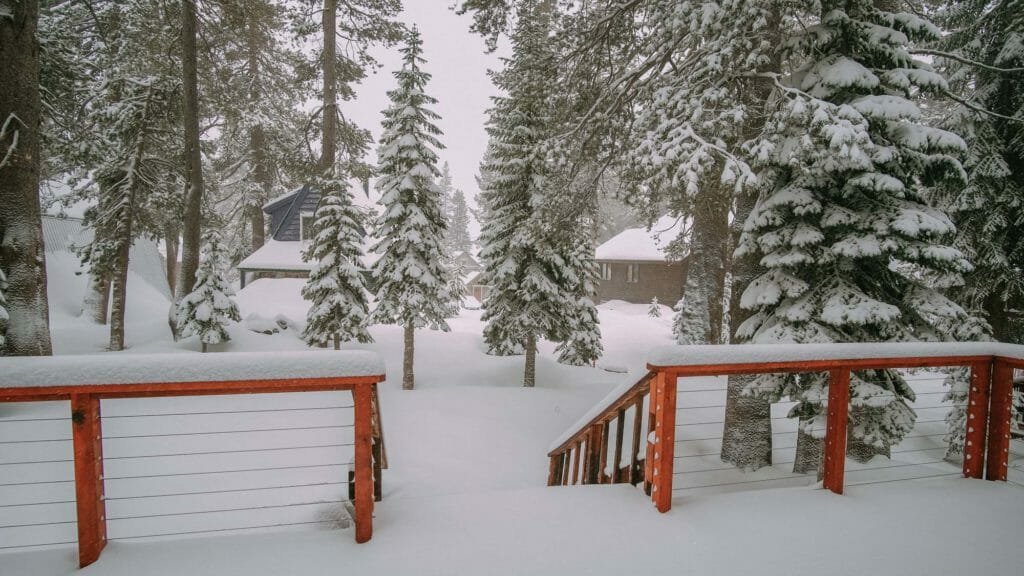
Long-term Midwest homeowners know that cold weather and freezing temperatures are typical during the winter months, while homeowners new to the area often find themselves unprepared for the cold weather and its effects on their foundation.
Foundation basement repair companies routinely work with homeowners who make a few simple mistakes before the cold sets in. For instance, failure to check for cracks in your foundation before freezing temperatures inevitably leads to several winter weather issues. Small cracks can quickly become larger cracks, allowing melted snow and ice to enter your foundation. This can lead to mold, rot, foundation damage, and structural repair issues.
Frost Heave and Your Foundation
Foundation damage can occur regardless of whether your foundation is covered in soil or exposed above ground. Below-ground foundations suffer the most water damage due to runoff and freezing soil. Water can quickly turn to ice beneath the soil’s surface in a process known as “frost heave.”
Frost heave occurs when the soil surrounding your foundation freezes at a low temperature. The resulting freeze causes an upward swelling and expansion of soil, which inevitably tightens its grip on your foundation. As the soil becomes frozen deeper and deeper, expanding and becoming harder, the soil can move, disturb, or even lift your foundation. Basement repair services are less likely to be needed if precautionary measures are taken.
Early Warning Signs of Winter Weather Foundation Problems
Want to find early evidence of frost heave in your own home? Glance around for signs of ice lensing or needle ice. If you look closely, you may see some long, vertical ice fibers form within the top layer of soil. This natural phenomenon is caused by moisture in the soil being wicked up from the lower layers, causing ice small ice fibers to grow. These ice fibers are supplied continuously by wicked moisture, causing thick freezing and extended growth.
The expansive ice growth can open up layers in your soil. The soil’s weight above the freezing can push back on the upward growth, creating a “lens” shape of ice beneath the soil. Ice lensing is typically found at the center point between the top frozen layer of soil and the transition layer, made of frozen and pre-melted water. Water diffusion works its way up to the growing ice layer, creating the “wick” of the ice. To avoid the need for leaking basement repair services in the middle of the winter, try not to get water on or near your concrete. If you do find yourself in a jam, Kent Foundation Repair offers basement repair year-round.
